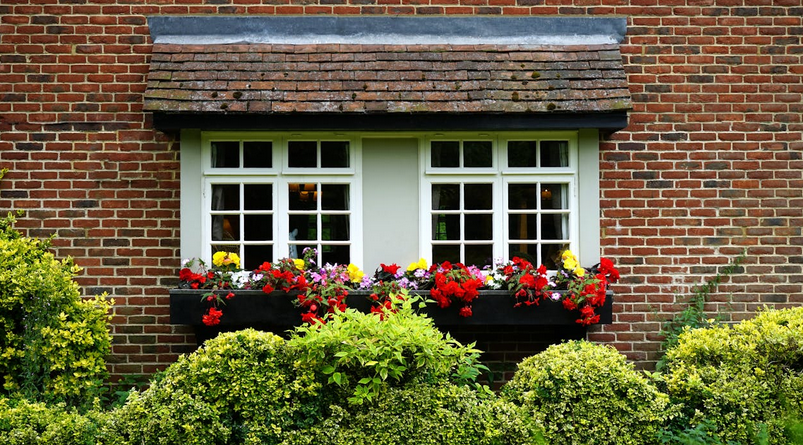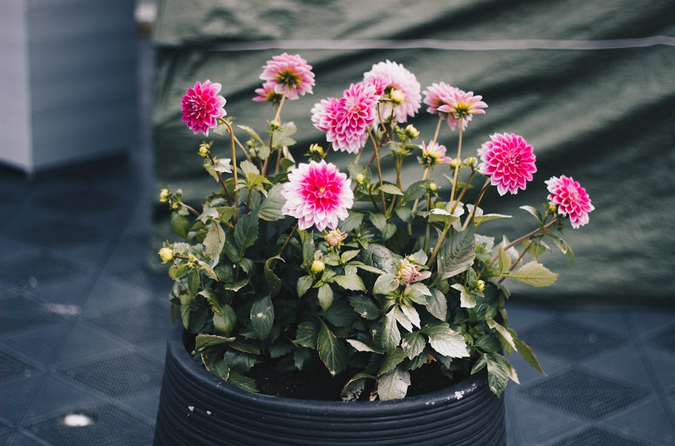Home improvement projects often focus on kitchens, bathrooms, or living rooms, leaving the basement as an afterthought. However, this often-neglected space holds immense potential to enhance your home’s functionality, comfort, and value. Upgrading your basement isn’t just about creating more space; it’s about making a strategic investment that can provide significant financial and lifestyle benefits. Here are the top reasons why partnering with a local basement contractor for your basement upgrade is a smart move for homeowners.
Increase Property Value
One of the most compelling reasons to upgrade your basement is the potential to increase your home’s property value. A completed basement adds valuable square footage to your home, significantly boosting its market value. Real estate experts often highlight that homes with finished basements sell faster and at higher prices than those with unfinished basements. By transforming your basement into a functional living area, you’re essentially increasing the overall size of your home, making it more attractive to potential buyers.
Expand Living Space
A basement renovation offers a cost-effective way to expand your living space without the need for an expensive addition. Whether you’re looking to create a home office, a gym, a playroom for the kids, or an additional guest bedroom, the basement provides a blank canvas for customization. This expanded living space can greatly enhance your family’s comfort and lifestyle, providing a dedicated area for activities that might otherwise clutter your main living areas.
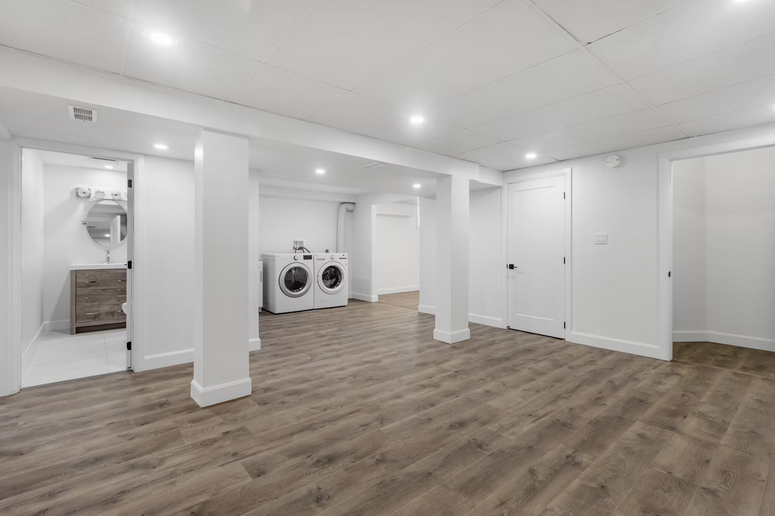
Generate Rental Income
Upgrading your basement to include a separate living unit can open up an opportunity for rental income. With the growing demand for affordable housing, a basement apartment can be an attractive option for tenants, whether they’re students, young professionals, or retirees. A well-designed, self-contained basement suite can provide a steady income stream while helping offset mortgage payments or other expenses. A basement unit can be a lucrative investment in cities with high rental demand.
Enhance Energy Efficiency
Renovating your basement can also lead to improved energy efficiency in your home. You can reduce energy usage and lower utility bills by addressing issues like insulation, moisture control, and ventilation during the upgrade process. Proper insulation in the basement can prevent heat loss, keeping the house warmer in the winter and cooler in the summer. Modernizing your basement with energy-efficient lighting and appliances further contributes to overall energy savings, making your home more environmentally friendly.
Increase Home Safety
Upgrading your basement can also play a crucial role in improving the safety of your home. Many older basements have issues with moisture, mold, and outdated electrical systems, which can pose health risks and safety hazards. A basement renovation provides the opportunity to address these concerns by waterproofing the space, upgrading electrical wiring, and ensuring proper ventilation. This creates a healthier environment for your family and lessens the risk of costly repairs down the line.
Investing in a basement upgrade is a wise decision for homeowners looking to maximize the potential of their property. Whether you’re focused on increasing your home’s value, expanding your living space, generating rental income, enhancing energy efficiency, or improving safety, a basement renovation offers a various benefits that can have a lasting impact. As you consider your next home improvement project, don’t overlook the potential beneath your feet—your basement could be the key to unlocking a more comfortable, valuable, and profitable home.

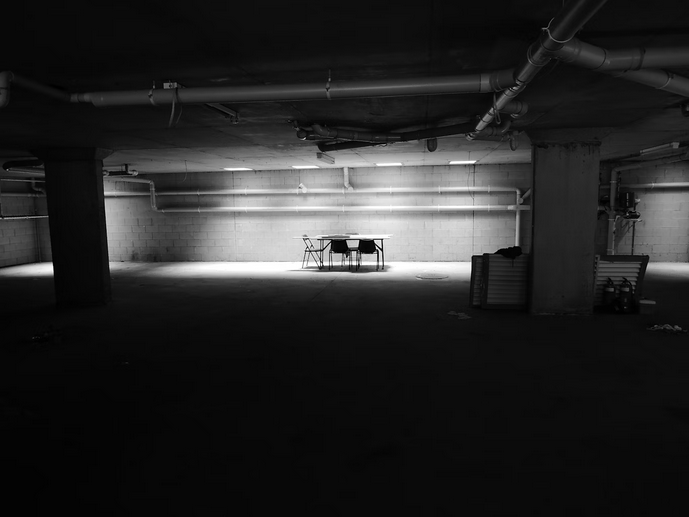
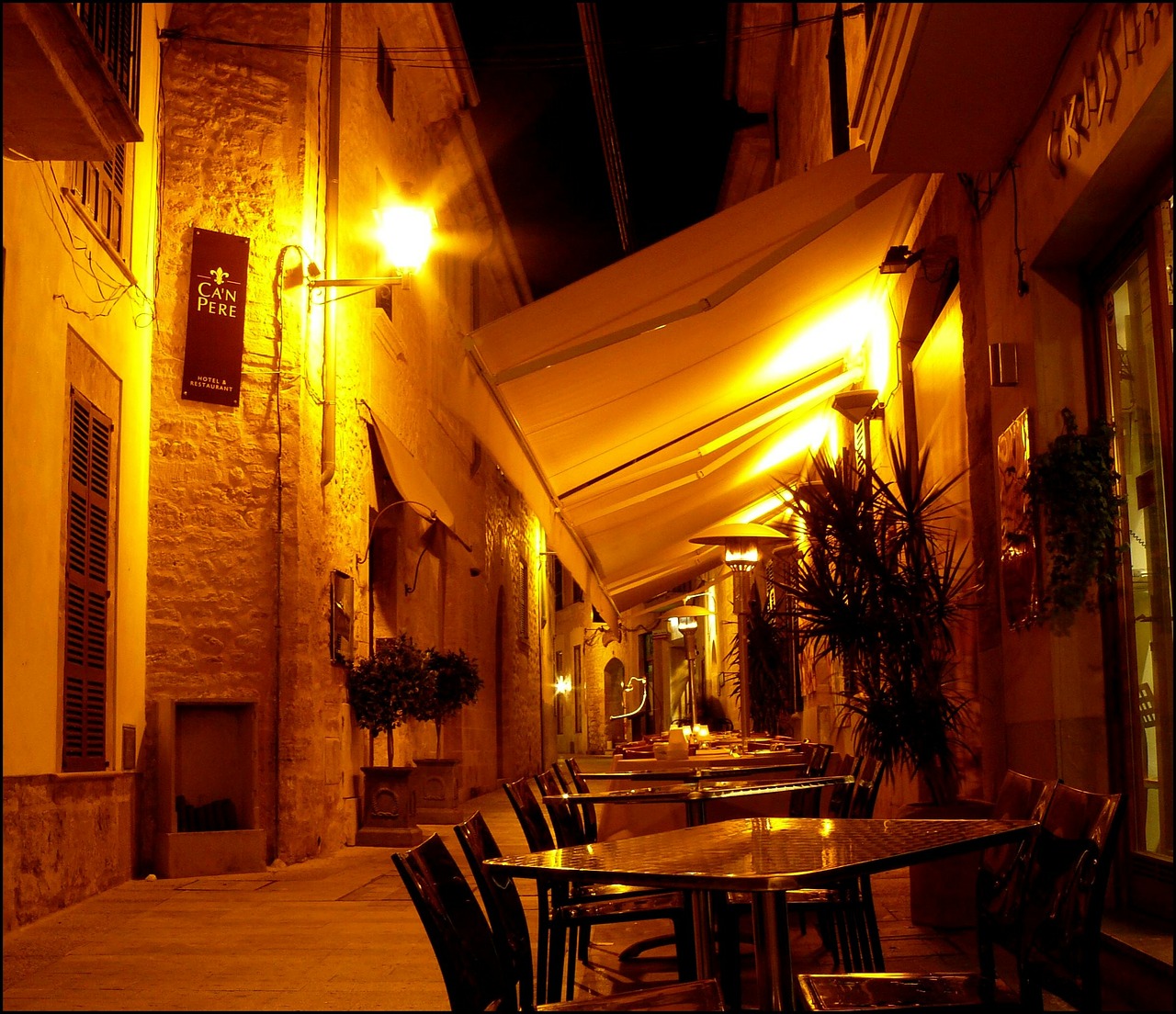
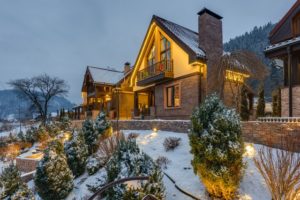 The purpose of your lighting fixture will determine what material is best. We recommend using a copper outdoor lighting fixture if you want to enhance the exterior design and architectural details. The beautiful finish on this metal looks impressive when illuminated at night. This works exceptionally well if it’s installed near landscape features such as trees or flowers with copper components. If you’re also looking for security lighting, we recommend using a combination of materials. For example, have a steel fixture with a bronze or copper overlay. This will give you the best of both worlds.
The purpose of your lighting fixture will determine what material is best. We recommend using a copper outdoor lighting fixture if you want to enhance the exterior design and architectural details. The beautiful finish on this metal looks impressive when illuminated at night. This works exceptionally well if it’s installed near landscape features such as trees or flowers with copper components. If you’re also looking for security lighting, we recommend using a combination of materials. For example, have a steel fixture with a bronze or copper overlay. This will give you the best of both worlds.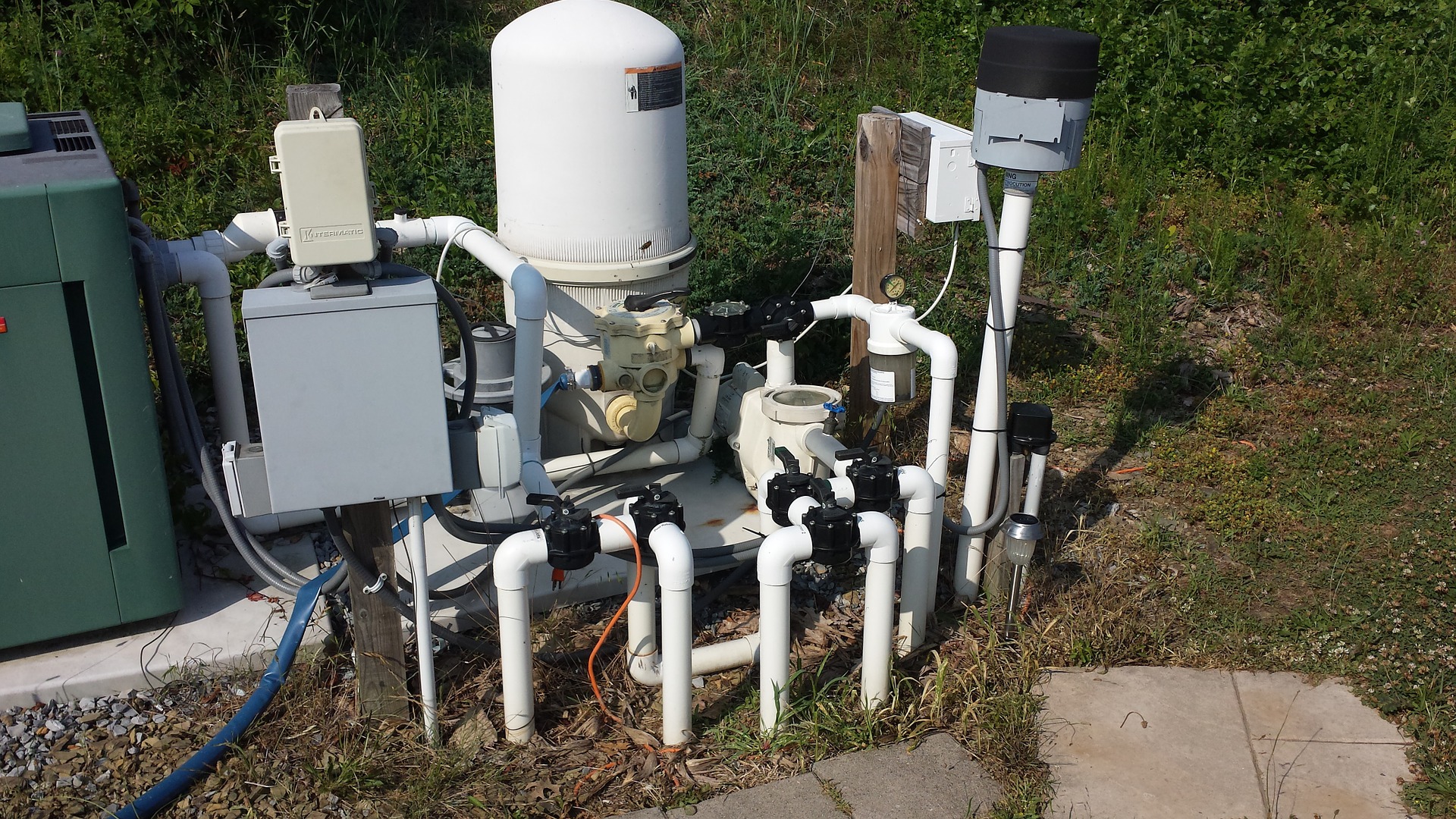
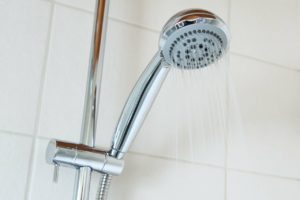 Flow rate can be measured in gallons/minute. Flow rate measures the amount of water that can pass through your appliances: dishwashers, showerheads, water heaters, and toilets. Before you buy filters, find out the specifications of the water dispensers in your home and the appliances you have. A showerhead, for example, has a flow rate of between 2.5 and 5 gallons per minute. Dishwashers and toilets have flow rates of 5 and 3 gallons per minute. Experts can help you determine the right flow rate for your filter based on your family size and the flow rate of your water dispenser.
Flow rate can be measured in gallons/minute. Flow rate measures the amount of water that can pass through your appliances: dishwashers, showerheads, water heaters, and toilets. Before you buy filters, find out the specifications of the water dispensers in your home and the appliances you have. A showerhead, for example, has a flow rate of between 2.5 and 5 gallons per minute. Dishwashers and toilets have flow rates of 5 and 3 gallons per minute. Experts can help you determine the right flow rate for your filter based on your family size and the flow rate of your water dispenser.
